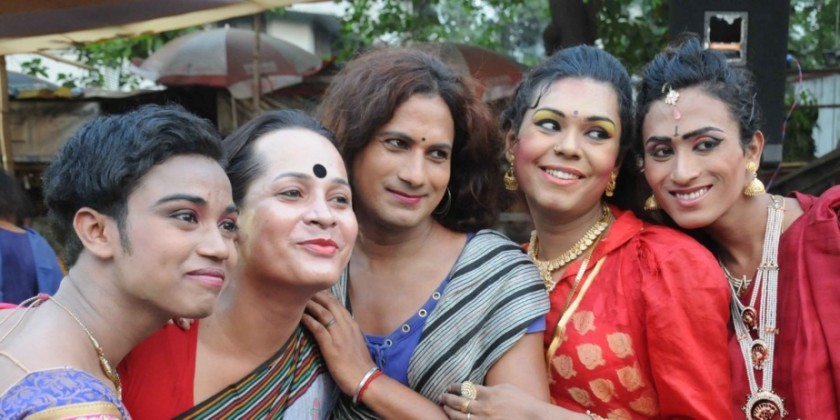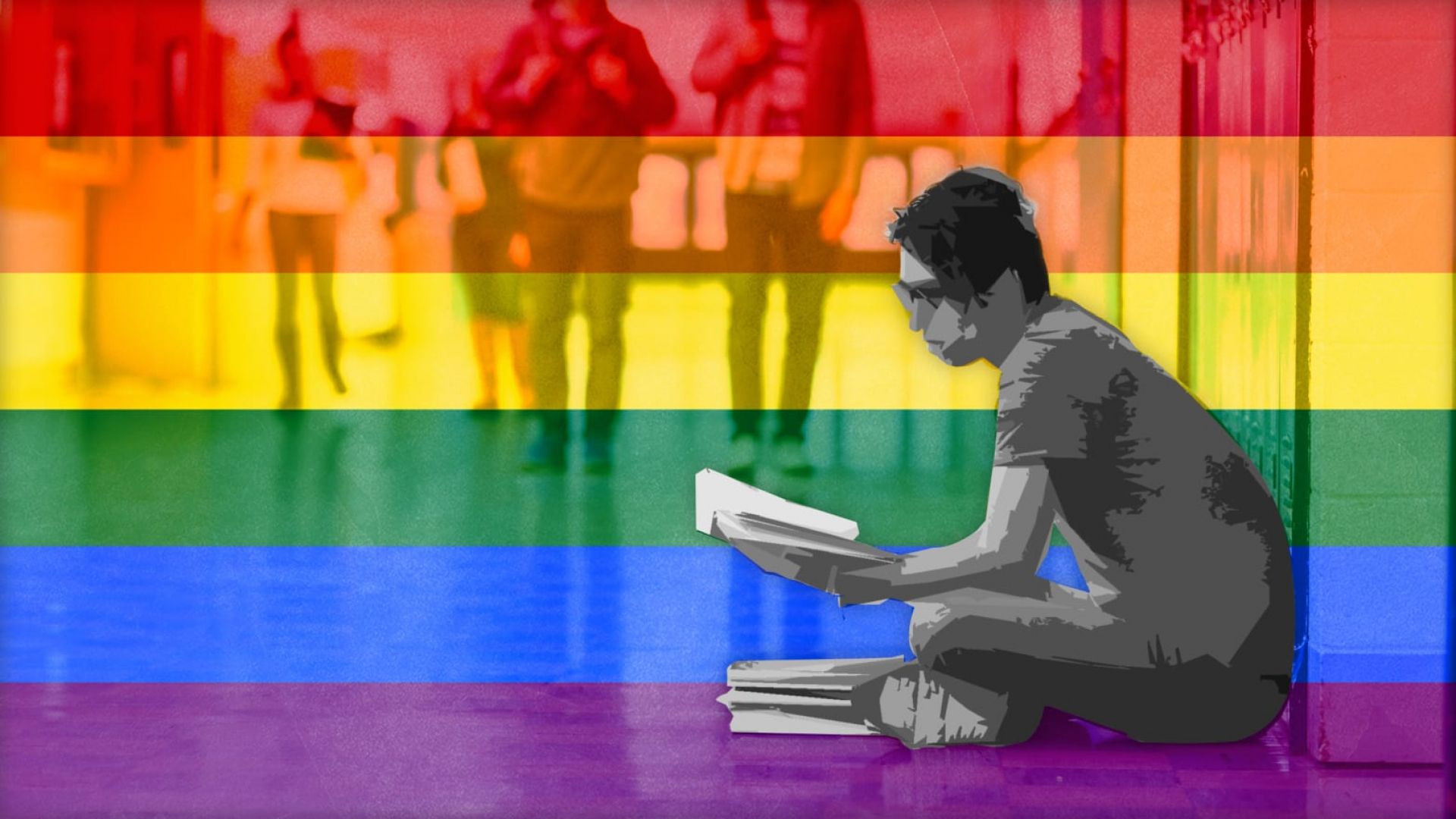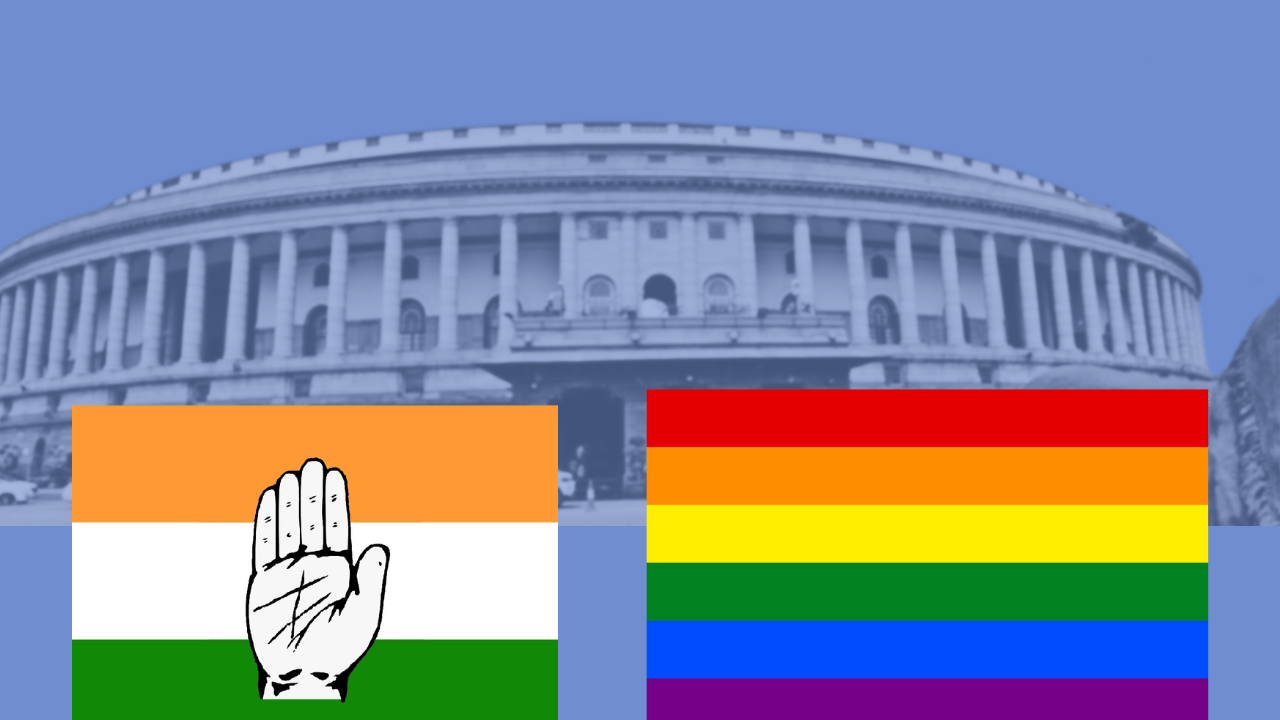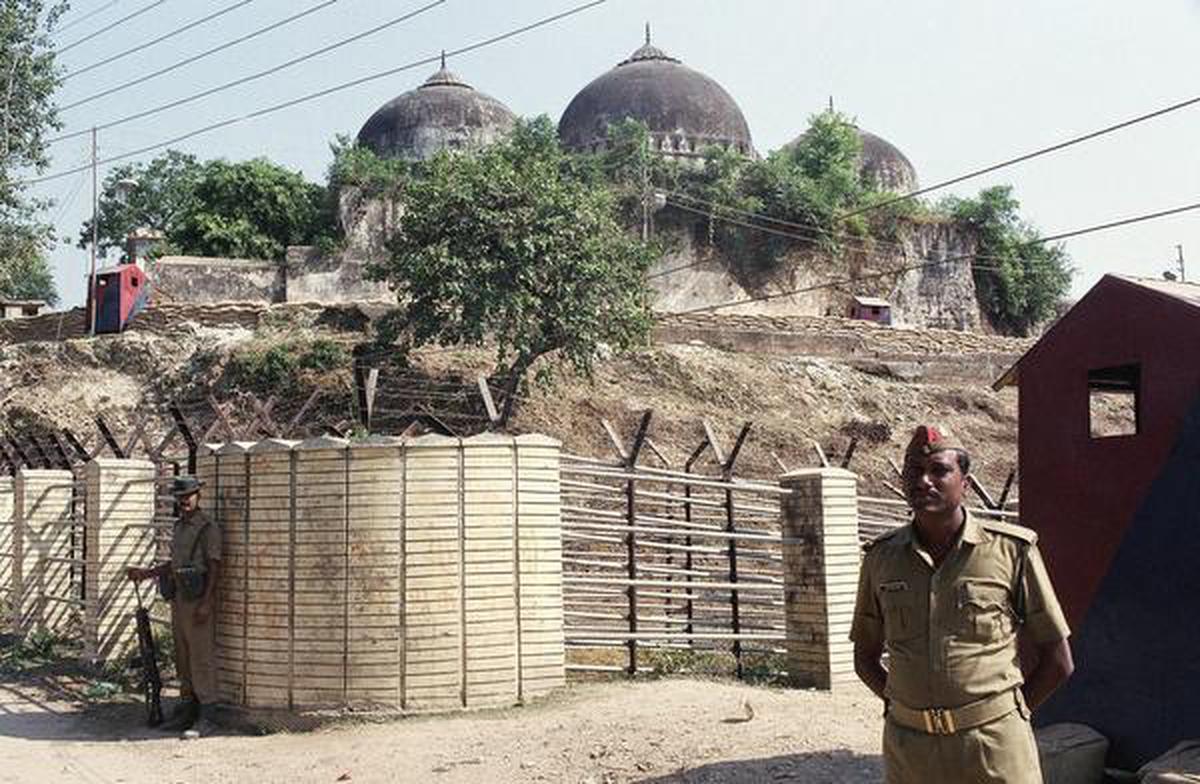Editor’s Note: FII’s #MoodOfTheMonth for March, 2022 is Women’s History Month. We invite submissions on the contributions of women, the trajectory of the feminist movement and the need to look at history with a gender lens, throughout the month. If you’d like to contribute, kindly email your articles to sukanya@feminisminindia.com
Today’s society is rampant with transphobia and the erasure of intersex and non-binary communities. A rigid binary of man and woman dictates our lives and seems entwined with the very structure of the society, so much that it begins to feel like a fact. But these are myths incorrectly spread by colonial forces to perpetuate and validate the eugenics theory. This is not to say that ‘man’ and ‘woman’ are incorrect, just that they are not the only gender identities.
Another myth is that systemic transphobia has always existed. While it is true that historically, gender non-conforming individuals may have been treated differently, they have not been discriminated against in the abhorrent way they are today. They were revered and even worshipped in some societies. More importantly, their existence was not denied so outrightly.
This article attempts to break down the history of how the myth of the sex and gender binary came to be and elaborate on how complex and diverse the spectrums of gender and sex have always been.
Gender as a construct
Gender is not a naturally occurring phenomenon, but is actively constructed by the society and culture. Today, we live in a global world and the concepts of what is masculine and what is feminine may seem universal. But if we examine the traditional values of each society, this is not the case.
For example, dresses and skirts are worn by women in the United States of America. But in Scotland, men are the ones who traditionally wear kilts, a form of clothing that resembles a skirt. In fact, if we pay attention to the kurta, a garment worn by all genders in India, it is shaped like a dress.

The perceptions of masculine and feminine also change over time. There are many examples of this. Pink was initially considered a boy’s colour. High heels were invented for men. The arts, which are now considered ‘soft’ and feminine, were initially deemed inappropriate for women and were dominated by men until quite recently. Since gender is constructed by the society, and the society tends to ignore or deny non-binary genders, they are currently not as rigid. However, there is some pressure on non-binary people to present as androgynous.
Image: Wikipedia
At the beginning of the British period, before colonial rule became downright oppressive and British culture was imposed onto the Indian society, in the Indian subcontinent, transgender and intersex people used to accept protections and benefits by some Indian states by remaining united as the Hijra community
The historical acceptance of non-binary and transgender communities in India
Transgender and intersex individuals have been recognised in India since ancient history. Hijras, eunuchs, Kothis, Aravanis, Jogappas or Shiv-Shakthis are groups or tribes of transgender and/or intersex people who have a strong historical presence in our country.
Ancient India
There is historical evidence of recognition of intersex, transgender and gender non-conforming people during the early writings of ancient India. The concept of “tritiyaprakriti” or “napumsaka” had been an integral part of the Hindu mythology, folklore, epic and early Vedic and Puranic literature.
The term “napumsaka” had been used to denote the absence of procreative ability, presented by highlighting differences from both male and female markers. Thus, some of the early texts extensively dealt with issues of sexuality and the idea of more than two biological sexes. The Jain text even mentions the concept of “psychological sex”, which emphasised the psychological make-up of an individual, distinct from their sexual characteristics- or what we today call gender identity.
While the vocabulary may have been different, it is clear that ancient India did not think that gender equated to sex, nor denied the existence of a gender spectrum. People of the Hijra community were even considered ‘closer to god’ and were invited to bless weddings and newborns.
This is a practice that continues even today. However, the difference is that the community was allowed to live with dignity at the time. They were provided alms for their services but were not allowed to participate in trade. Today, we live in a capitalist society where everyone’s earnings relies on trade and trade-related activities. Their traditional services are not in as much demand. They are still not allowed to participate in trade, except now it leads to extreme poverty. There may not be a rule denying them dignity, but the society has taken away their means to earn.
Also read: How Has Bollywood Misrepresented The Hijra Community?
The Mughal empire
People of the Hijra community played a famous role in the royal courts of the Islamic world, particularly in the Ottoman empires and the Mughal rule in Medieval India. They rose to prominent positions as political advisors, administrators, generals, and guardians of the women’s chambers. They had free access to all spaces and sections of the population, thereby playing a crucial role in the politics of empire-building in the Mughal era.
Early British period
At the beginning of the British period, before colonial rule became downright oppressive and British culture was imposed onto the Indian society, in the Indian subcontinent, transgender and intersex people used to accept protections and benefits by some Indian states by remaining united as the Hijra community.
The benefits included the provision of land and a small amount of money for agricultural activities. All of this changed later when British rule and influence seeped into cultural practices and perceptions. One of the reasons the Hijra community survived is because they were helped by Indian state monarchs.
The impact of eugenics theory and colonialism
The eugenics theory is a set of beliefs and practices that aime to improve the genetic quality of a human population, historically by excluding people and groups judged to be inferior or promoting the ones deemed superior. This was the theory used by Nazi Germany to justify their atrocities, including the massacre of over six million Jews.
The ‘superior’ people meant White people, specifically cisgender men and women who were heterosexual, non-disabled and neurotypical. Indians, who were brown, were considered inferior. The colonisers used this theory to justify colonial rule and oppression.
An important thing to realise about the acceptance of LGBTQIA+ identities in pre-colonial history is that they were only accepted as ‘the other.’ This acceptance was conditional – transgender and intersex people were only allowed to survive if they fulfilled their roles and remained part of the Hijra community. There is, of course, nothing wrong with being in the community. The problem is that they were never given a choice
Eugenics theory had a strong connection to gender. Firstly, it was used to justify European patriarchal norms by establishing inherent biological differences between men and women, which meant that men had to be providers and women had to be caregivers. In fact, when the Suffragette movement started in the 1920s, those women were deemed to be ‘of a third gender.’
These gender norms were further used to justify racial discrimination. For instance, Brown women were considered ‘less of women’ because, on average, they had more body hair than White women. Additionally, as mentioned before, the Indian society accepted gender non-conforming groups, which appalled the British, who thought it was ‘perverted’ and an insult to their culture.
They described the Hijra community as ‘cross-dressers, beggars and unnatural prostitutes’. These facts were used to form a theory that White people were more ‘civilised’ and ‘advanced’ because they were the only ones who were able to be ‘purely male and female’. While the rest of the world had intersex ancestors, White people had ‘pure’ ancestors- Adam and Eve. Each person of colour, including Indians, had a ‘mix’ of male and female in them. This became the basis for the justification of White supremacy.
The colonisers believed that it was their duty to make people of colour as ‘pure’ as possible because of the White man’s burden, which meant that White people had a duty to ‘civilise’ other ‘primitive’ cultures, essentially morphing those cultures into their own while ensuring they remained at the top of the racial hierarchy.
This is why they began enforcing gender norms and trying to erase any trace of transgender and intersex indentities, even outlawing many things they considered gender nonconformity, such as effeminate men. They also outlawed homosexuality, a practice India continued well after independence till 2018.
The British were so successful in sowing the seeds of gender exclusion in our country that the country still continues to frown upon gender nonconformity. Transgender and intersex folk, including those belonging to the Hijra community, struggle even today.

Acceptance as ‘the other’
An important thing to realise about the acceptance of LGBTQIA+ identities in pre-colonial history is that they were only accepted as ‘the other.’ This acceptance was conditional – transgender and intersex people were only allowed to survive if they fulfilled their roles and remained part of the Hijra community. There is, of course, nothing wrong with being in the community. The problem is that they were never given a choice.
If you were intersex or transgender, you had to be part of the Hijra community and play the part. No matter how prestigious these duties were, it is essential to acknowledge that there was never any choice in the matter. They could only be part of mainstream society if they played the role of the ‘other’.
They could not lead ordinary, domestic lives, get married, raise children, participate in trade or agriculture, if they so wished. They were part of society without being part of societal activities. While this is better than outright exclusion, it is a bargain and not liberation, and not something we wish to return to. While pre-colonial Indian history has had many silver linings for the LGBTQIA+ community, it is important to acknowledge that it has not always been golden.
This article is simply trying to say that systemic transphobia is not our heritage. Colonial rule, White supremacy and racism have twisted our perceptions of gender. It is time we stop defending transphobia in the name of tradition and ‘sanskaar’ since it is certainly not our sanskaar that we uphold today with our bigotry.
Featured Image: Maktoob Media




